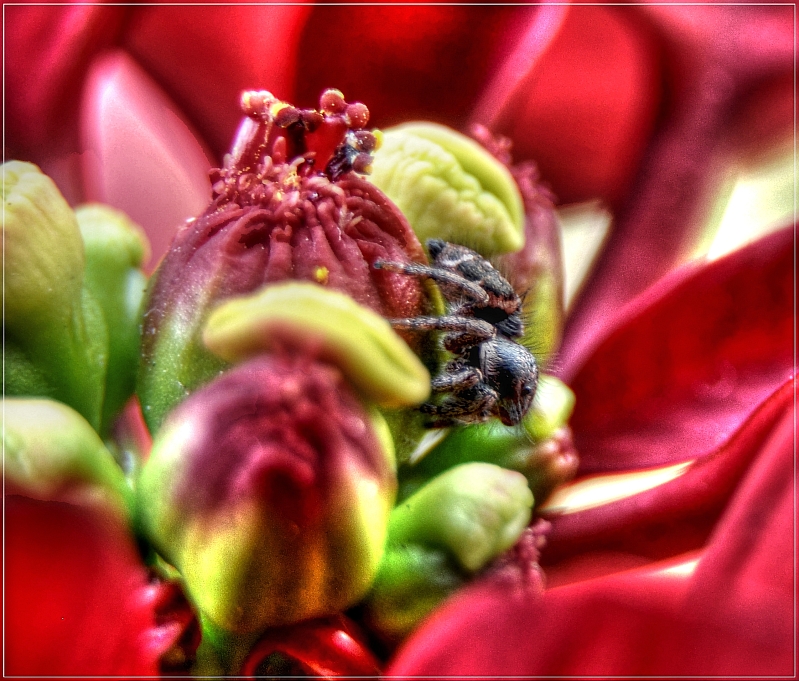You are using an out of date browser. It may not display this or other websites correctly.
You should upgrade or use an alternative browser.
You should upgrade or use an alternative browser.
Makro fotografie
- Thread starter dual
- Start date
This site may earn a commission from merchant affiliate
links, including eBay, Amazon, and others.
throttle jockey
Race Dog
Mev Vis Arend
Race Dog
- Joined
- Sep 9, 2012
- Messages
- 9,216
- Reaction score
- 2,138
- Location
- Palm Bay, Florida, USA.
- Bike
- Honda XL500S
DirtRebell
Grey Hound
- Joined
- Feb 4, 2009
- Messages
- 8,382
- Reaction score
- 2
- Location
- Melkbosstrand
- Bike
- BMW R1200GS Adventure
DirtRebell
Grey Hound
- Joined
- Feb 4, 2009
- Messages
- 8,382
- Reaction score
- 2
- Location
- Melkbosstrand
- Bike
- BMW R1200GS Adventure
JACOVV
Race Dog
wooly bugger
Bachelor Dog
- Joined
- Oct 15, 2008
- Messages
- 12,642
- Reaction score
- 1,118
- Location
- Johannesburg
- Bike
- Buell Ulysses XB12
- Joined
- Sep 9, 2012
- Messages
- 9,216
- Reaction score
- 2,138
- Location
- Palm Bay, Florida, USA.
- Bike
- Honda XL500S
frankmac
Race Dog
- Joined
- Oct 2, 2012
- Messages
- 2,576
- Reaction score
- 323
- Location
- South Coast, KZN
- Bike
- Singer (all models)
wooly bugger
Bachelor Dog
- Joined
- Oct 15, 2008
- Messages
- 12,642
- Reaction score
- 1,118
- Location
- Johannesburg
- Bike
- Buell Ulysses XB12
frankmac
Race Dog
- Joined
- Oct 2, 2012
- Messages
- 2,576
- Reaction score
- 323
- Location
- South Coast, KZN
- Bike
- Singer (all models)
Similar threads
- Replies
- 12
- Views
- 683
- Replies
- 5
- Views
- 323





